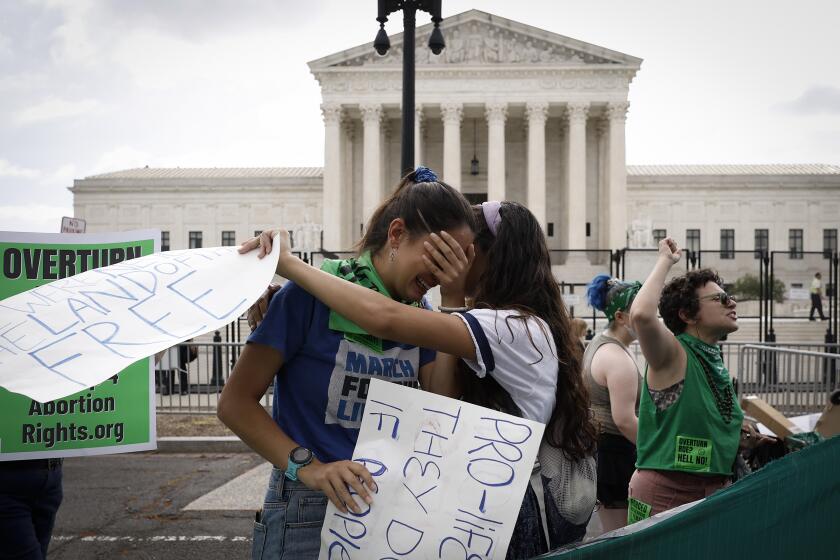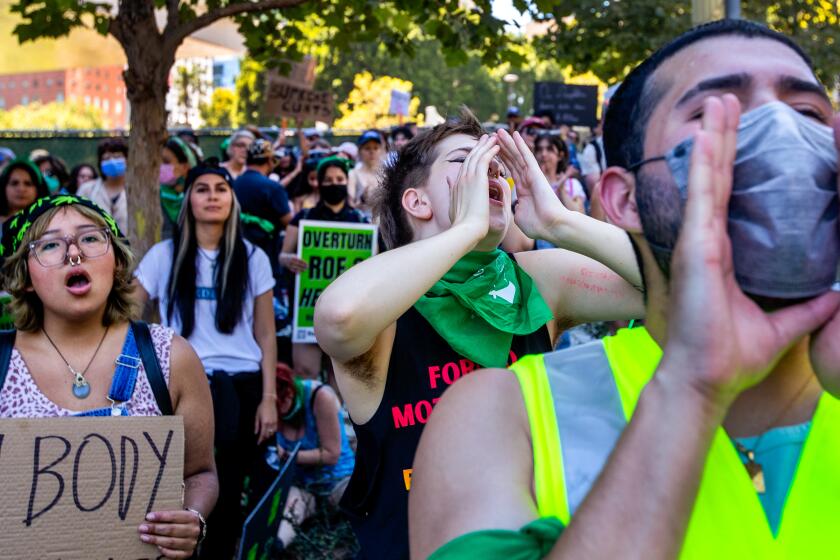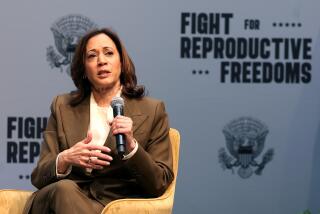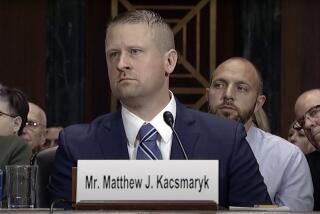The four key turning points that led to the fall of Roe vs. Wade
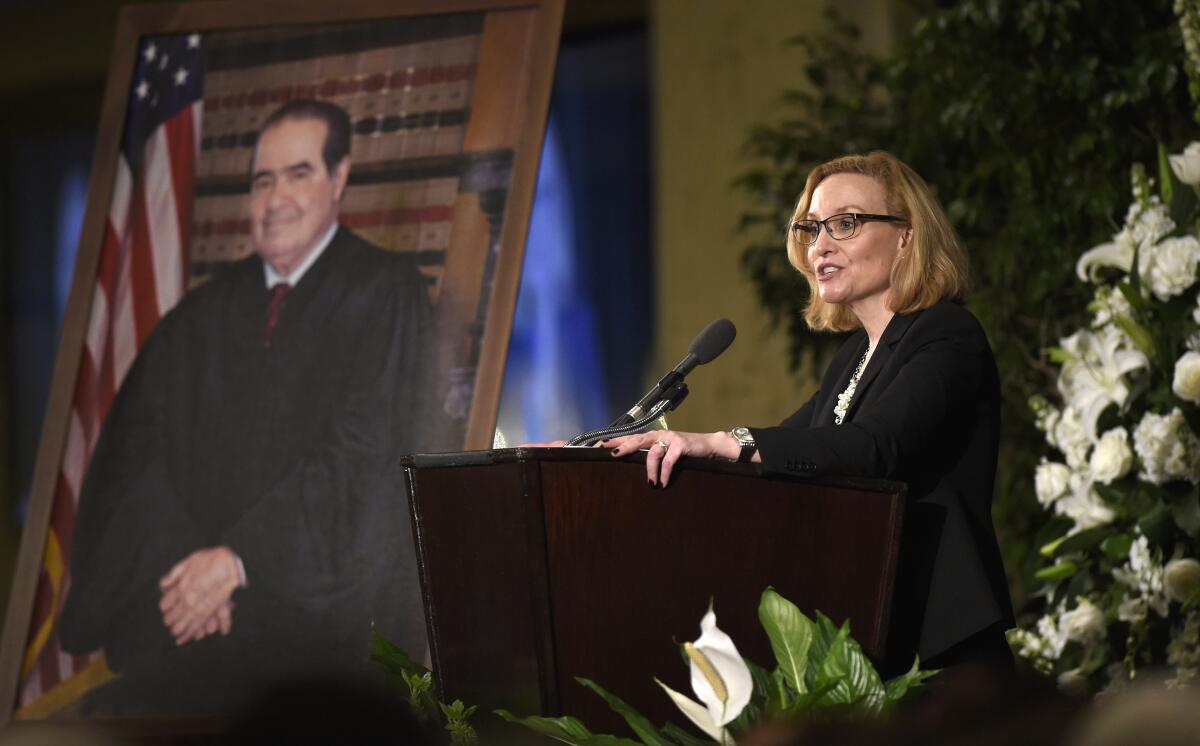
- Share via
WASHINGTON — The sudden death of Justice Antonin Scalia in February 2016 initially seemed to end hopes conservatives had for overturning Roe vs. Wade.
He had been the court’s most outspoken opponent of the right to abortion and the leader of its conservative wing. Justices Clarence Thomas and Samuel A. Alito Jr. joined him in opposing Roe, but they were well short of a majority.
In a historic reversal, the Supreme Court strikes down a half-century of nationwide abortion rights in the U.S.
But rather than end any threat to Roe, Scalia’s death instead triggered a series of hard-ball moves and unexpected developments that led to the reversal of Roe vs. Wade.
There were four turning points:
McConnell’s audacious gamble
Just hours after Scalia’s 2016 death, then-Senate Majority Leader Mitch McConnell issued a statement saying he would not permit a hearing or a vote on President Obama’s nominee to fill the seat. It was an unprecedented move in modern history to refuse to even consider a president’s pick.
“The American people should have a voice in the selection of their next Supreme Court justice. Therefore, this vacancy should not be filled until we have a new president,” he said.
A month later, Obama nominated Judge Merrick Garland, a respected veteran jurist who in the past had been lauded by Senate Republicans. But McConnell held fast, and Garland was denied even a hearing.
In a historic reversal, the Supreme Court on Friday overturned the landmark 1973 Roe vs.
President Trump elected
The winner of the 2016 presidential race would choose Scalia’s successor.
Democrat Hillary Clinton was a strong supporter of abortion rights, while Republican Donald Trump said he would appoint antiabortion justices who would vote to overturn Roe vs. Wade.
On election day, Clinton won more popular votes, but Trump won an electoral college majority by prevailing in Pennsylvania, Michigan and Wisconsin.
Shortly after taking office, Trump chose Judge Neil M. Gorsuch, a friend and admirer of Scalia, to fill his seat on the Supreme Court.
Justice Kennedy retires
Justice Anthony M. Kennedy, a Republican appointee who had voted to uphold Roe vs. Wade, announced he was retiring at age 81.
Kennedy had struggled with the abortion issue. He was a Catholic who believed abortion was immoral, but he also believed the Constitution protected the liberty of individuals to make personal decisions about their lives.
His retirement cleared the way for Trump to appoint one of Kennedy’s former clerks, Judge Brett M. Kavanaugh, to fill his seat.
After a fierce fight in the Senate, Kavanaugh was confirmed on a 50-48 vote, thanks to a key vote of support from Maine Sen. Susan Collins. Though an abortion rights advocate, Collins said she was assured privately by Kavanaugh that Roe was settled law and she did not expect him to overturn the precedent.
Ginsburg dies
Justice Ruth Bader Ginsburg, the court’s senior liberal and a champion of women’s rights, died on Sept. 18, 2020, after a long battle with cancer.
She had been urged to retire in 2014 when she was 81, which would have allowed Obama and the Senate Democratic majority to choose her successor.
When she died in 2020, the presidential election was only six weeks away. But abandoning his previous assertion that the voters should decide a seat in an election year, McConnell said Trump should choose Ginsburg’s successor immediately. Early voting was already underway in some states.
Trump chose Judge Amy Coney Barrett, a Notre Dame law professor and a former clerk for Scalia. Like him, she believed that abortion was immoral and that Roe vs. Wade was wrongly decided.
The Senate Republicans who had refused to consider Obama’s nominee moved quickly to confirm Barrett on a party-line vote a week before Trump lost his bid for reelection.
When Barrett took her seat in November, the Supreme Court for the first time had a majority prepared to overturn Roe vs. Wade.
More to Read
Get the L.A. Times Politics newsletter
Deeply reported insights into legislation, politics and policy from Sacramento, Washington and beyond. In your inbox three times per week.
You may occasionally receive promotional content from the Los Angeles Times.
